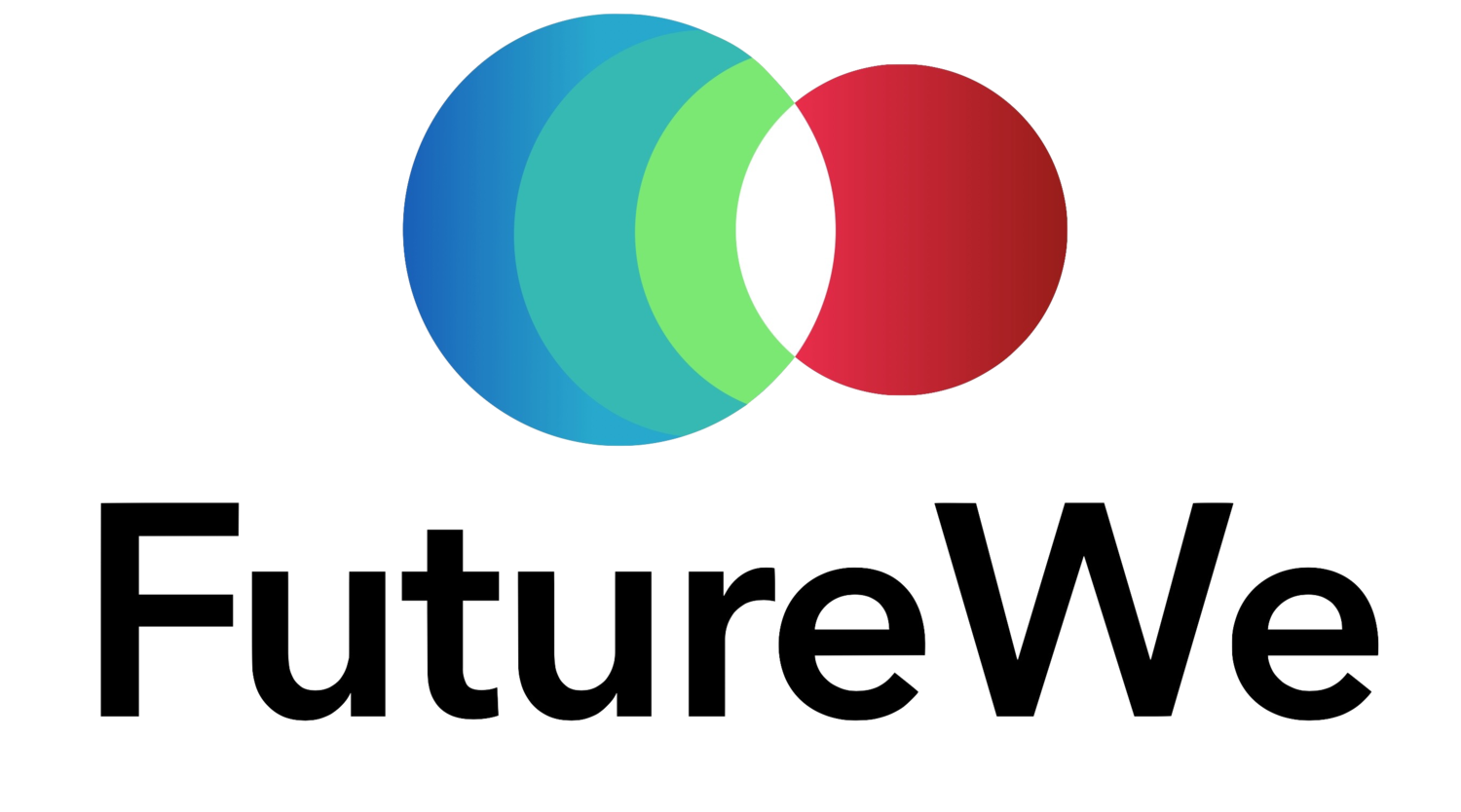Over two parts, this workshop is designed to encourage independent thinking in a playful manner that enables the kind of creative problem solving which surviving disruption requires, while also modelling practical activities that organisations and individuals can take away to apply as required. Copyright J.Nalder. For use in 'Will there be a Future-U?' workshops.
RESOURCES
Download the A3 Model eBook (PDF): here > Explains impact of new tech
Download workshop slides: here > follow the story of part A and B
Download 'In 2035' template: here > imagine your own future
Future Literacies Framework: here > map of the skills that support thriving
Keep in touch: contact@future-u.org
ACTIVITIES
ADAPTED FOR YOU AND YOUR ORGANISATION:
A. UNDERSTANDING DISRUPTION
- 'In 2035' > SLIDE 7
> This activity allows individuals to start becoming comfortable with imagining their future
> When choosing a future timeframe, its important to go far enough to inspire big picture thinking, but not so far that we feel we are guessing - 20-25 years is a good range to ensure this is covered > When completing the template, discussion should initially focus on a personal response (either for oneself, or for a child known to the participant)
> The steps (bubbles) focus on: Age, job or vocation, purpose, future assistive tech 1, future assistive tech 2, response to disruption
> Step 2 is for the task to be completed later on in the workshop with your organisation as the focus - the template is then adapted to replace 'I' and 'me' with the organisation name, and 'robot' with the disruption most likely to effect that organisation.
- Disruption Brainstorm > eg. SLIDE 16
> This activity allows participants to become comfortable mapping out a general near-future disruption so that when they later do the same for their own organisation they are better able to succeed.
> First, participants contribute information and stories as to what 'driver-less cars' are > Secondly, they add one or more ideas to list of industries and occupations that would be impacted by the scenario 'what would happen if a fleet of 3000 driver-less ride-sharing cars was deployed in your city' > Thirdly participants can discuss what the flow-on impact would be financially for the city
> The brainstorm can be conducted verbally, on paper, or using an online poll service like polleverywhere.com
- Investigate Automation > SLIDE 23
> This activity allows participants to further investigate a general near-future scenario of disruption - job automation - in a non-threatening way
> Visit www.willrobotstakemyjob.com > search for your role > search for either A. a role that is predicted to be very safe, or B. a role that is predicted to be very un-safe
> Report back on what you found, and speculate on why this is occurring
B. PRACTICAL ACTIONS
- Teams > SLIDE 40
> To tackle disruption, an org needs a creative mindset, but also a strong sense of community. This activity allows participants to engage with how they would envision this for a project team.
> This activity from the 'agile practice' methodology builds rapore for the workshop, but is also an essential method for all real-world project teams
> 1. Participants self-organise themselves into team of 3-4 > Each person roles a dice for random selection of team roles > 1 = leader/organiser 2 = scribe for writing 3 = storyteller to document the team happenings and report on discussions 4 = wild card who is responsible for contributing out of the box, left field ideas
> 2. Each person contributes 1-3 ideas for a poster-sized TEAM CONTRACT - these ideas spell out what the team values about working together, how a team can be productive, and what makes teams work. The whole team then signs the contract and puts it on display where it serves as a reminder of their ideas.
> Some teams will also want to develop a group name and logo
- First ______ on Mars? > SLIDE 42
> This activity allows participants to begin thinking about their own organisation in a non-threatening way that is also designed to inspire creative thinking
> The scenario can be adapted to focus on a specific industry and how its current operations would adapt to Mars. It can be run as a 10 minute brainstorm, OR a full day workshop on its own
> Activity details to come...
- Futures Map > SLIDE 43
> This activity allows the team to get to know how each member views the future as a way of better understanding their motivations and ability to adapt to new situations.
> Activity details to come...
- What, So what, Now What > SLIDE 49
> This activity gives participants a grounded framework for mapping out responses to any problem, wether big (future disruptions) or just everyday.
> Activity details to come...












